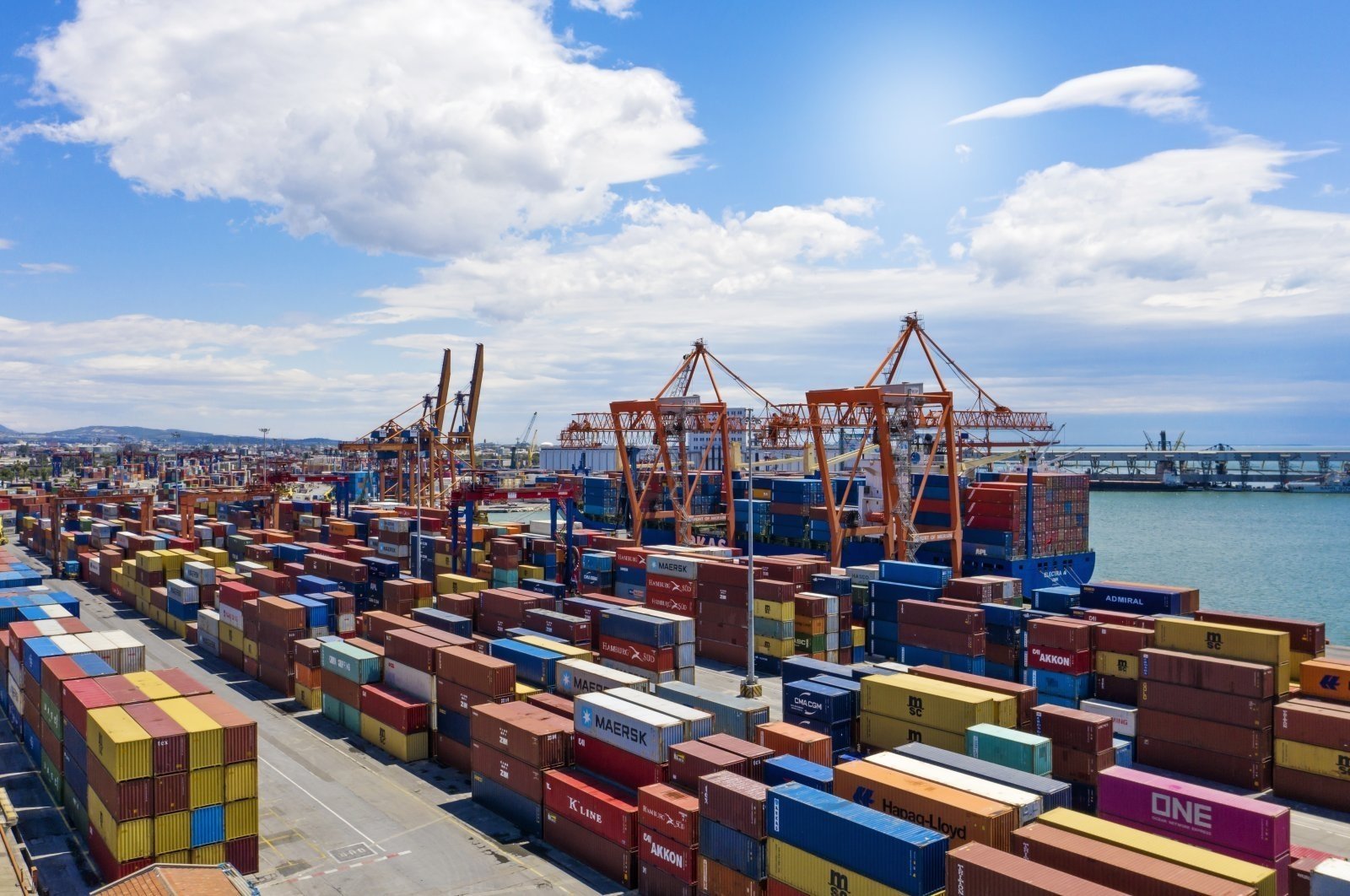Saudi Arabia’s non-oil exports, including re-exports, increased by 4.4% in October to $6.6 billion (SAR 24.9 billion), driven by the growth in shipments of chemical and allied industries, official statistics showed Thursday.
The kingdom's overall exports increased by 13.9% year-on-year in October to $32 billion (SAR 120.7 billion), thanks to a surge in oil shipments from Saudi Arabia, which rose by 16.6%, or $3.6 billion (SAR 13.7 billion), according to the General Authority for Merchandise imports increased by 39.3%, equivalent to $4.8 billion (SAR 18 billion), to $17 billion (SAR 63.9 billion) in October, GASTAT data showed. This is compared to $12.2 billion (SAR 45.9 billion) in October 2021.
The share of oil exports in total exports increased to 79.4% in October 2022, from 77.5% for the same period a year ago, reflecting "solid demand for energy products across the world," the authority said. However, total merchandise exports fell in October on a month-on-month basis by 3.6%, or $1.2 billion (SAR 4.5 billion.)
The products of the kingdom’s chemical industries and related items, which are among Saudi’s non-oil export commodities, increased in October by 32.6%, or $664.7 million (SAR 2.5 billion), while plastics and rubber exports declined by 15.6%, or $319 million (SAR 1.2 billion), from October 2021. The highest imported merchandise product in the Gulf state was machinery, mechanical appliances, and electrical equipment, representing 19.5% of total merchandise imports, followed by transport equipment at 17.2%. China is the largest importer of Saudi's exports, receiving 18.4% of total shipments, or $5.9 billion (SAR 22.2 billion), GASTAT said in the report. South Korea and Japan came next with 10.3%, or $3.3 billion (SAR 12.4 billion). India, the US, the UAE, Malaysia, Singapore, Egypt, and Taiwan were the other countries that ranked in the top 10 destinations for Saudi exports, amounting to 68.2%, or $21.9 billion (SAR 82.3 billion), of total shipments of the kingdom.
The East Asian behemoth also came on top as the primary origin for Saudi imports, comprising 20.6%, or $3.5 billion (SAR 13.2 billion), of total imports in October. The US and the UAE followed next with imports amounting to $1.6 billion (SAR 6 billion), or 9.3% of total imports, and $1 billion (SAR 4 billion), or 6.3% of total imports, respectively.
India, Germany, Egypt, Japan, Switzerland, Singapore, and South Korea were the other countries that ranked in the top 10 countries for Saudi imports, with $10.64 billion (SAR 40 billion), or 62.7% of total imports.
Jeddah Islamic Sea Port is one of the most important ports through which goods crossed into Saudi Arabia in October at a value of $4.95 billion (SAR 18.6 billion) of imports, corresponding to 29.2% of the total. Among the other major ports of entry for the imports were King Abdulaziz Sea Port in Dammam (18.1%), King Khalid International Airport in Riyadh (11.3%), King Abdulaziz International Airport (6.3%), and King Fahad International Airport in Dammam (6.0%). Those five ports together accounted for 70.9% of the total merchandise imports of the kingdom.










